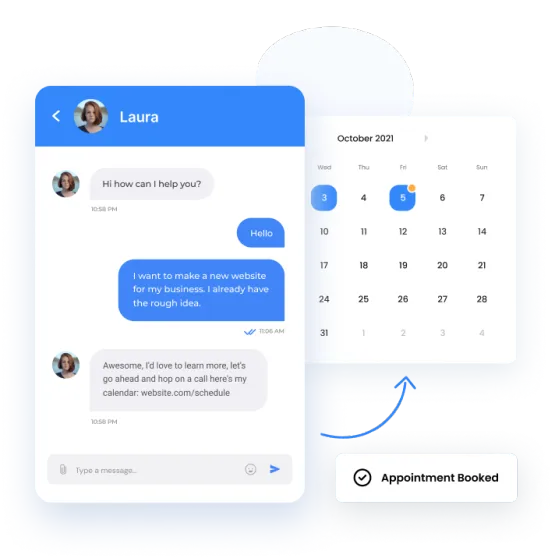We know that social media and a solid content strategy is important in today’s SEO ranking metrics, but there’s much more to it. While content might be the gasoline that lights the fire, the on-site SEO should be the structure on which the fire burns. If you’re missing one of these key components of SEO, your site likely isn’t rankings as well as it could be.
The seven areas I review when performing a website audit include:
- Visibility
When I look at the visibility of your site, I’m checking for page errors. These page errors generally indicate a problem with your website’s hosting provider. I also look for robots.txt files that might be restricting search engine robot access to your website. The final visibility issues that may occur on your site are redirects. Do you have the proper redirects (if any) in place? - Meta Details
When performing a meta tag audit, I review your page titles, descriptions and Google Analytics installation. Your site needs to have unique page titles on each page, a unique meta description, and your Google Analytics code installed on each page of your site. An audit should make sure there are no duplicated titles or descriptions, and that no pages on the site are missing the GA code. - Content
Weak content is a major downfall for top rankings. I look at the word count of each page, review for duplicated content, canonical URLs and internal and external links. - Links
It’s important to make sure you don’t have any broken links on your site and also that you’re using appropriate link text to optimize your site for your targeted keywords. When is the last time you looked at your site’s links thoroughly? - Images
Each image on your site should be saved with keywords in the name of the image and then be assigned appropriate alt text. When performing an audit, I’ll look for any broken images, image file names, optimized ALT text, title text and image size. We’ll cover this later, but large images may be the culprit if you’re experiencing a slow performing site. - Semantics
When I look at the semantics of a site, I’m reviewing the site for headings and schema.org data. The headings H1, H2, H3, and so on, are one of the first places the search engine bots screen for keywords. It’s important to make sure this area is well-optimized. The schema.org data helps give the search engines more information about the goals of your site, and may change the way they display the micro data of your site. - Site Speed
Site speed is critical. When I perform a search engine audit for clients, I am looking for site speed performance on the desktop site AND mobile version. After “mobilegeddon”, site performance on a mobile device became vastly important. What type of things slow down your site? I also provide a list of actionable items you can complete to increase your site speed immediately. These action items include tasks like optimizing (shrinking) images file sizes, eliminating render-blocking JavaScript and CSS, leveraging browser caching and more.
Curious how your site measures up in these core areas of onsite SEO? Learn what you can do to improve RIGHT NOW to increase your rankings and sell online.



